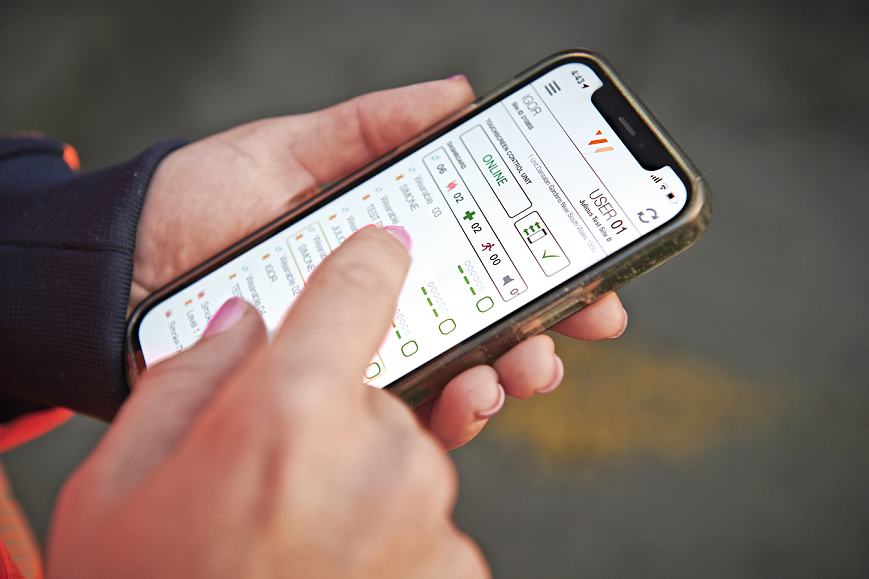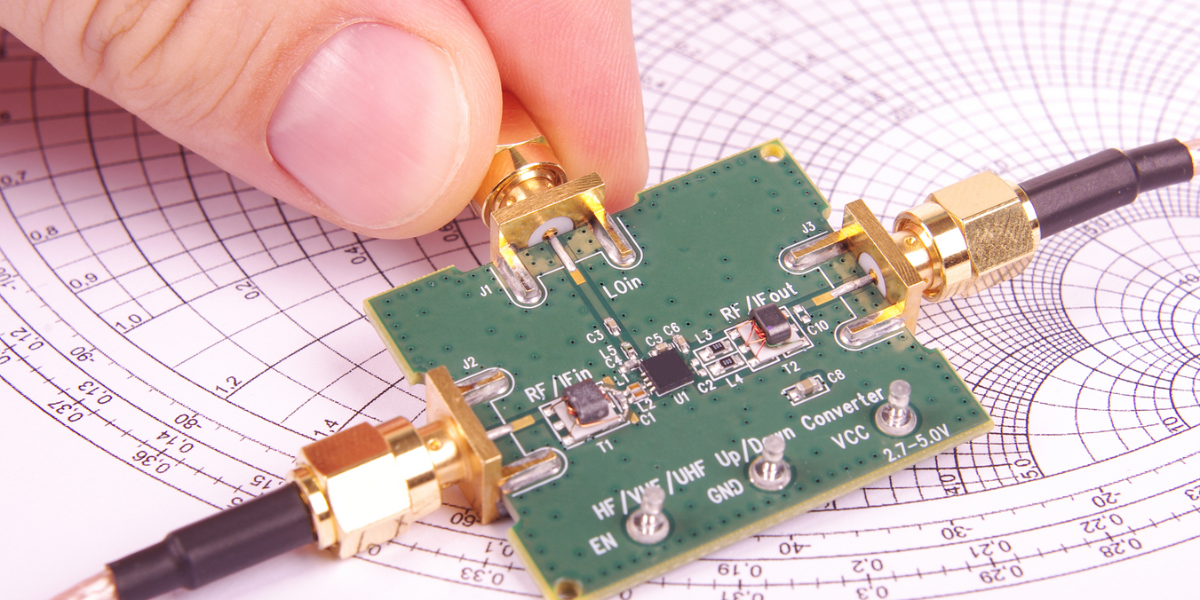The rapid evolution of technology has transformed numerous aspects of our lives, and workplace safety is no exception. Emergency evacuation and nurse call systems are traditionally hard wired, but Vanguard Wireless utilise a range of technologies to ensure the devices that form part of the system communicate wirelessly. How and why do we do this?
Dealing with wired devices can be a source of frustration, especially in dynamic environments where devices frequently need to be moved. Additionally, older sites may face the challenge of retrofitting new wires, which can be costly and time-consuming. Moreover, wired devices are vulnerable to attacks from vermin, damage caused by workers, and faulty setups that necessitate reinstallation.
To combat this frustration Vanguard Wireless systems utilise wireless devices. Many of the devices use rechargeable batteries, while the evacuation triggers, evacuation sirens, and nurse call triggers use an internal radio frequency or cellular chip to establish a network among themselves. Furthermore, the wearable nurse call triggers and smoke detectors use Bluetooth technology to transmit a signal to the nearest enabled device. The result is a wireless network that enhances site safety with minimal to no downtime during installation.
How Do Our Wireless Networks Work?
Vanguard Wireless emergency alert system networks create an intricate web of transmissions, combining various technologies to establish seamless connections between devices. As long as a device can send and receive these transmissions within the network, it remains connected.
For systems using radio frequency connections, the device must be within the range of another radio frequency enabled device, which can extend up to 600 meters in an open air installation. However, if there are obstacles like concrete walls or floors, the signal may need to change direction multiple times, thereby reducing the range.
On the other hand, if a nurse call or evacuation system utilises a cellular connection, it relies on a cellular signal to exchange information with the Vanguard Wireless cloud server. Unlike the spider web-like network of radio frequency connections, this setup involves individual devices connecting directly to the cloud through singular signals.
The wearable nurse call triggers and smoke detectors use Bluetooth Low Energy (BLE), sometimes referred to as “Bluetooth Smart”, which is a light-weight subset of classic Bluetooth. When triggered by a button press or smoke, the devices transmit an alert to the system via the closest BLE enabled Vanguard Wireless device or user's smartphone app, which then transmits the alert to the rest of the system.
By employing these diverse wireless technologies, Vanguard Wireless ensures robust connectivity and seamless communication within their emergency alert systems.
What are the benefits of a wireless network?
1. Flexibility in Installation
Unlike wired systems, which require significant cabling and infrastructure adjustments, wireless systems can be installed without major modifications to the building. This flexibility allows businesses to seamlessly integrate these systems into existing setups or relocate them as needed.
2. Scalability
As businesses grow or evolve, there's often a need to expand or modify evacuation systems or nurse call systems. Wireless emergency alert systems can be scaled up or down with relative ease. New devices or call points can be added without the need for comprehensive re-wiring.
3. Cost Efficiency
Long-term costs for wireless systems tend to be lower than wired, particularly if the business can manage and maintain their evacuation or nurse call system without additional servicing from the supplier. There's a reduced need for maintenance related to wear and tear of wires, and the installation process is typically quicker, requiring less manpower and resources.
4. Reliability and Performance
Modern wireless systems use robust communication protocols that ensure signals are sent and received without interference. Additionally, the absence of physical wires reduces the chances of system failures due to wire damages or cuts. When there's a fault with a wired system it can take a considerable time to diagnose the issue. With a wireless system, the issue tends to be with the hardware, which is easier to access and faster to troubleshoot, particularly if you're using a system like Vanguard Wireless', which offers real time insights into device and system health via a robust operating system.
5. Real-time Monitoring and Analytics
Many wireless systems come equipped with software solutions that offer real-time monitoring and data analytics. This means that administrators can instantly identify the exact location of an emergency, analyse response times, and even forecast potential problem areas.
6. Improved Response Times
Thanks to the real-time nature of wireless systems, response times to emergencies can be significantly reduced. Whether it's a medical emergency that requires a quick response from nursing staff or an evacuation scenario, immediate notification can be the difference between a minor incident and a major crisis.
7. Integration with Other Systems
Wireless evacuation and nurse call systems can be integrated with other safety and security systems, such as fire alarms or surveillance cameras. This holistic approach enhances safety measures, ensuring a comprehensive and coordinated response to evacuation or medical emergencies.
8. User-friendly Interfaces
The majority of wireless systems come with intuitive user interfaces, making them easy to use even for individuals who might not be tech-savvy. This ensures that in times of emergency, the system can be operated without confusion or delay. This extends to ongoing management and maintenance - particularly useful in workplaces with a transient workforce like construction.
9. Enhanced Mobility
Vanguard Wireless offer wearable nurse call triggers that enabled individuals to trigger an alert from wherever they are. These can be discreet and used in medical emergency situations or where the worker is in distress or feels threatened. Using a wireless system enables the person to raise an alert or request assistance from any location, not just from a fixed point.
10. Eco-friendly
With a reduction in wiring and cabling, there's a lesser environmental impact during the installation process. Moreover, the production and disposal of fewer cables over time contribute to a smaller carbon footprint.
Vanguard Wireless systems are perfect for new installations, moving installations, or as a solution to replace an old system. The integration of wireless evacuation or nurse call systems is not just a tech upgrade; it's a strategic move towards enhanced safety, efficiency, and responsiveness. While the initial investment might seem daunting for some businesses, the long-term benefits — from reduced maintenance costs to potentially life-saving response times — make it a worthy consideration for any modern workplace.


